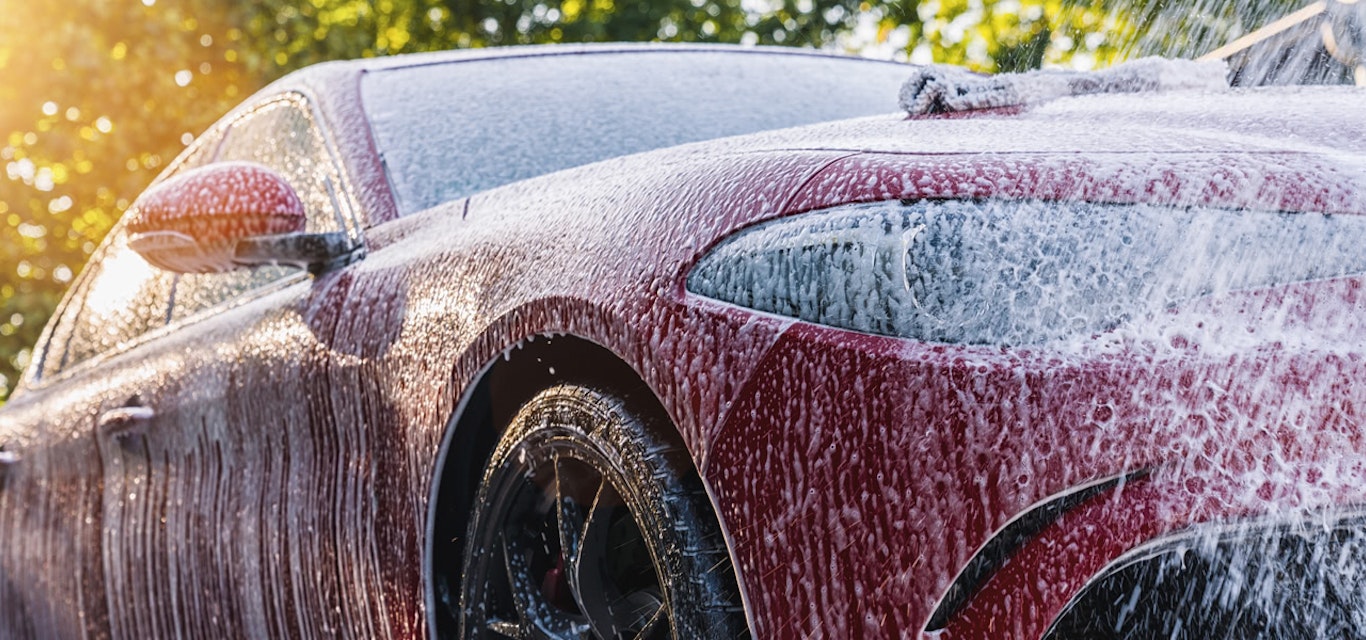Check your car at home
Cooped up at home? Beat the boredom by getting to know your car. Here are our top five things you can do at home as a total beginner to keep your car running smoothly.
Check the oil
Checking the oil in your car is one of the easiest mechanical checks you can do at home. Oil reduces friction in your engine and keeps the car running smoothly.
Check the oil, using the dipstick, when your engine is warm and the car is parked on level ground. Some cars don't have a dipstick as it is checked electronically but have a look in your user manual before you start so you know what you are looking for.
If your car does have a dipstick, pull it out and wipe it clean using paper towel, then dip it all the way into the oil. When you pull it back out, the oil should sit between the two marker lines on the stick. If it’s below the lower one, it needs topping up.
If you need to top your oil up be aware that some cars need a specific type of oil and using more than half a litre can cause mechanical issues in the engine.
In some cars, particularly diesel vehicles, when the oil is above the dipstick full mark it can be an indicator that something is wrong and you should seek the advice of your mechanic.
If you feel confident to top up your oil you can find it at most petrol stations and auto supply stores. If you are not sure you should always seek the advice of your mechanic.
Check the coolant fluid
As the name suggests, coolant fluid regulates the temperature of your engine. Check the user manual of your car to help you locate the coolant tank (hint: it’s usually a clear tank containing green or red liquid). It should have lines on the side showing the maximum and minimum fluid levels.
If it needs refilling, you can add half a litre of fresh water, if it needs any more than that you might have a bigger problem and you should talk to your mechanic.
You can buy premixed coolant to refill it with but you should make sure that it is the same as what is already in there as some coolants can react with each other. Check the manufacturers instructions before you pour it in using a funnel.
Make sure your car is cool before checking the coolant, as pressure can build up inside the tank.
Pamper your car
Empty the glove box, give your dashboard a thorough wipe with a damp cloth and vacuum your foot wells. If you’re not driving much, it’s also the perfect time to pamper your seats with some upholstery shampoo.
It may not have much to do with keeping the car running, but we can guarantee your passengers will love you for this one!
We also recommend looking after the exterior of your car by hosing it down regularly and using a sponge and car wash solution to get rid of tough grime. Over time, the minerals in mud can damage your car’s exterior paint.
Check you battery
If your car hasn't been used for a while, the battery may go flat. Take it for a drive to make sure it still works, you'll need to drive for at least 20 minutes for the battery to recharge after starting the car (the longer, the better).
Most car batteries last between two and five years, but with Tasmania’s cold weather they can wear out sooner. The type of driving you do can also affect how long your battery will last. Batteries in cars that mostly do short runs go flat and fail more than in cars that do long runs.
Your battery charge can also be maintained with a smart charger. These can be purchased for $136 from our roadside patrol vans.
If your car is slow to start, or you think the battery might be getting old, call us. If you’re a member with us we can send a roadside van to check your battery for free. We keep a range of batteries on hand, so if it does need replacing you can buy it and have it installed on the spot.
Lights
Coming into winter it’s especially important to make sure your head, tail and brake lights are working. The last thing you want is to get caught without your headlights on a rainy winter night.
Check the tyre pressure (bonus tip!)
Next time you take your car to the petrol station, check the tyre pressure. Keeping the pressure in your tyres up is important for safety, as it can affect your car’s brake performance, grip on the road and fuel usage.
Most petrol stations will have an air compressor - it looks like a long hose with a digital screen. Your car user manual will tell you what the best pressure level for your vehicle should be. If you need more help with this we've put together a video to help you.
You may feel like a car-genius after all that, but remember it’s important to get your car serviced regularly by a qualified car mechanic. Book a service with AutoServe online.
